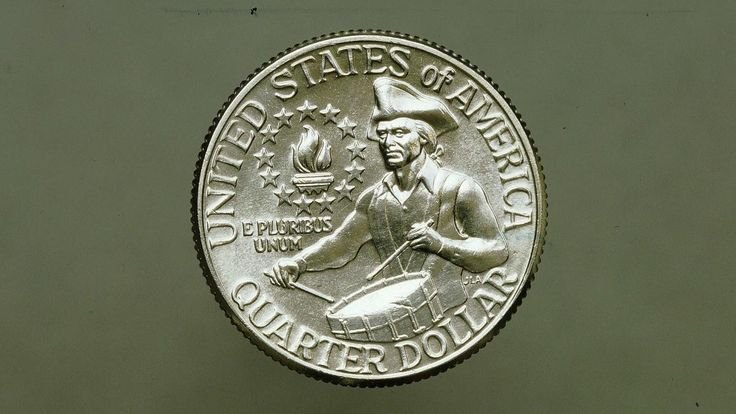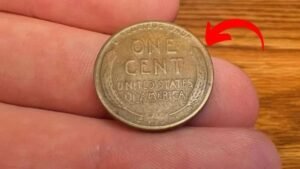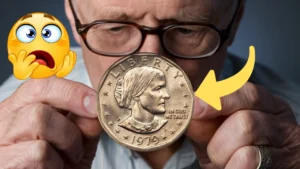Imagine finding a quarter in your change that’s worth thousands! The 1976 Bicentennial Quarter, minted to celebrate America’s 200th birthday, is a collector’s gem. Some rare versions fetch up to $20,000. Read on to learn what makes these coins special and how to spot one!
What Is a Bicentennial Quarter?
The 1976 Bicentennial Quarter is a U.S. coin minted to mark America’s 200th anniversary. Unlike standard quarters, it features a unique design: a colonial drummer on the reverse and dual dates (1776–1976) on the obverse. Most are worth 25 cents, but rare versions are numismatic treasures.
The History of the Bicentennial Quarter
In 1975 and 1976, the U.S. Mint released the Bicentennial Quarter to celebrate the nation’s independence. Over 1.6 billion were minted in Philadelphia, Denver, and San Francisco. The design, created by Jack L. Ahr, showcases a drummer boy, symbolizing the Revolutionary War. Some were struck in 40% silver for collectors.
Why Are Some Bicentennial Quarters So Valuable?
While most Bicentennial Quarters are common, certain varieties skyrocket in value due to minting errors or special compositions. A rare 1976-S Silver Proof Quarter in PR70 condition sold for $19,200 in 2025. Errors like double dies or wrong planchets make these coins numismatic gold.
| Feature | Common Quarter | Rare Quarter |
|---|---|---|
| Value | $0.25–$0.50 | Up to $20,000+ |
| Material | Copper-Nickel | 40% Silver (some) |
| Minting Errors | None | Double Die, Wrong Planchet |
| Condition | Circulated | Mint State (MS65+) |
How to Spot a Rare Bicentennial Quarter
Want to find a valuable quarter? Check your change! Look for these traits:
- Mint Mark: “S” for San Francisco, especially silver versions.
- Errors: Double strikes on “LIBERTY” or “IN GOD WE TRUST.”
- Condition: Pristine, uncirculated coins fetch more.
Take it to a professional grader like PCGS or NGC for authentication.
Notable Facts About Bicentennial Quarters
- Over 1.6 billion were minted, yet only a few are worth thousands.
- A 1976-D Double Die Obverse sold for $8,500 in 2025.
- Silver versions were part of special proof sets, not circulation.
- A quarter struck on a dime planchet sold for $9,200 in 2020.
| Error Type | Estimated Value | Rarity |
|---|---|---|
| Double Die Obverse | $5,000–$10,000 | Very Rare |
| Wrong Planchet | $9,000–$25,000 | Extremely Rare |
| Silver Proof (PR70) | $15,000–$20,000 | Rare |
| Off-Center Strike | $1,000–$5,000 | Uncommon |
Expert Tips for Coin Collectors
- Don’t Clean Coins: Cleaning reduces value. Keep them as-is.
- Use a Magnifying Glass: Spot errors like doubled text or misaligned designs.
- Get Professional Grading: PCGS or NGC certification boosts credibility.
- Check Old Jars: Family heirlooms or change jars may hide treasures.
- Join Numismatic Communities: Online forums offer tips and buyer connections.
FAQs About Rare Bicentennial Quarters
Q: Are all Bicentennial Quarters valuable?
A: No, most are worth face value. Only those with errors or silver content are valuable.
Q: Where can I sell a rare quarter?
A: Try reputable dealers, auction houses like Heritage Auctions, or eBay.
Q: How do I know if my quarter is silver?
A: Check for an “S” mint mark and a brighter, shinier appearance.
Q: Can I find rare quarters in circulation?
A: Yes, some error coins still circulate in change or old collections.
Conclusion
The 1976 Bicentennial Quarter is more than pocket change—it’s a piece of history with potential for big value. With rare versions fetching nearly $20,000, it’s worth checking your coins. Grab a magnifying glass, inspect your quarters, and join the numismatic hunt! Share your finds or learn more about coin collecting today.




